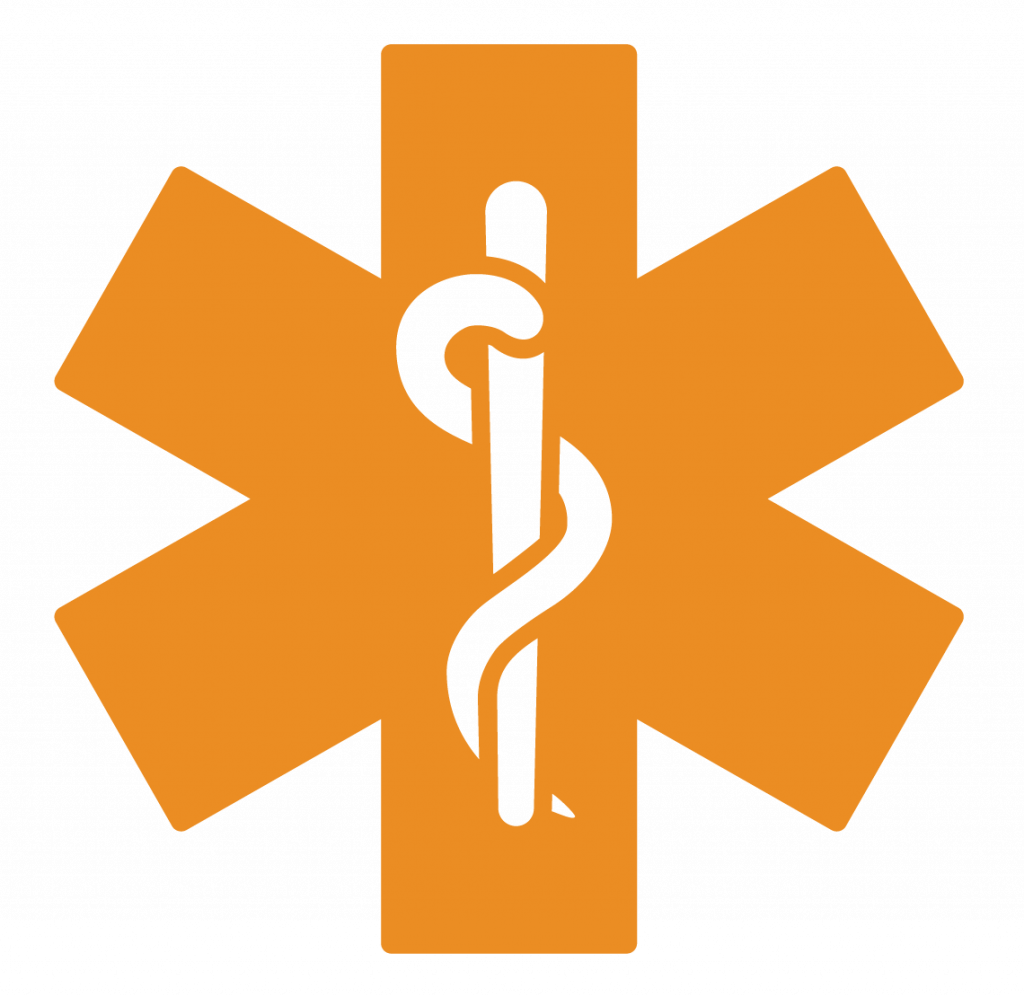To Buy Xifaxan Online Visit Our Pharmacy ↓
 Is Xifaxan Effective for Traveler’s Diarrhea?
Is Xifaxan Effective for Traveler’s Diarrhea?
What Is Xifaxan and How Does It Work?
Xifaxan, known generically as rifaximin, is a specialized antibiotic designed to target bacteria in the gut. Unlike many antibiotics, Xifaxan is minimally absorbed into the bloodstream. This means it works locally in the intestines, making it particularly useful for treating certain infections such as traveler’s diarrhea.
By blocking the ability of bacteria to synthesize essential proteins, Xifaxan effectively stops their growth and eliminates the infection. Its targeted action reduces the risk of widespread antibiotic resistance and lessens the impact on beneficial gut flora.
Below is a summary of key Xifaxan details:
| Aspect | Description |
|---|---|
| Drug Class | Antibiotic (rifamycin derivative) |
| Main Target | Gut bacteria causing infection |
| Absorption | Minimal (mainly stays in digestive tract) |
Common Causes and Symptoms of Traveler’s Diarrhea

Arriving in a new country with anticipation, many travelers soon find themselves held back by an unexpected inconvenience—an abrupt onset of stomach cramps, urgent trips to the restroom, and general discomfort. This scenario is all too familiar, as traveler’s diarrhea is a common issue that can disrupt even the most meticulously planned journeys. Each year, millions experience these sudden digestive upsets, which are often the result of consuming contaminated food or water.
Bacteria such as Escherichia coli (E. coli) top the list of culprits, but viruses and parasites can also be responsible. While symptoms typically include watery stools, abdominal cramps, nausea, and sometimes fever, the severity can vary greatly depending on the underlying cause and the individual's health status.
Recognizing these signs early is crucial, as timely treatment—such as with xifaxan—may help reduce the duration and intensity of symptoms. Not only does this enable travelers to recover faster, but it also minimizes disruptions so they can enjoy their adventures with greater peace of mind.
Xifaxan Compared to Other Treatment Options
When travelers face an unexpected bout of diarrhea, prompt relief is essential. While traditional antibiotics like ciprofloxacin and azithromycin have long been used, xifaxan offers some unique advantages. Unlike broad-spectrum antibiotics, xifaxan targets the gut specifically, which means it fights the bacteria responsible for traveler’s diarrhea with less risk of disturbing the body’s normal flora.
Another benefit is that xifaxan is less likely to cause antibiotic resistance, an increasingly important factor for global travelers. It’s especially effective against common culprits like E. coli, a frequent trigger for symptoms. Many patients also report fewer side effects compared to older medications.
Choosing the right treatment ultimately depends on individual health, destination, and potential resistance patterns. Consulting a healthcare professional can help travelers weigh the benefits of xifaxan versus other options, ensuring a safe and comfortable trip.
How Quickly Does Xifaxan Relieve Symptoms?

Travelers who face an unexpected bout of stomach trouble often want fast relief, and xifaxan is known for acting quickly. Many users report noticeable improvement within just 24 to 48 hours after starting the medication. By targeting the bacteria responsible for traveler’s diarrhea right in the gut, xifaxan helps reduce the frequency and urgency of symptoms.
Quick symptom relief means travelers can get back to enjoying their trips sooner. However, completing the full course of xifaxan is important, even if you start to feel better after the first day or two.
Possible Side Effects and Safety Considerations
While Xifaxan is generally well tolerated, some travelers experience mild digestive disturbances like nausea, gas, or abdominal pain. Serious reactions are rare, but allergic responses such as rash or itching may occur. It’s wise to stay alert for unexpected symptoms during treatment and consult a healthcare provider if needed.
Because Xifaxan is minimally absorbed into the bloodstream, systemic side effects are uncommon. However, it’s not appropriate for those with known hypersensitivity to rifaximin or related antibiotics. Pregnant or breastfeeding travelers should use caution and seek medical advice before use.
Below is a quick summary of common and rare side effects:
| Side Effect | Frequency |
|---|---|
| Nausea | Common |
| Abdominal Pain | Common |
| Allergic Reaction | Rare |
| Headache | Uncommon |
Tips for Using Xifaxan When Traveling Abroad
Packing Xifaxan before your trip can offer peace of mind, especially if you’re venturing to regions where traveler’s diarrhea is common. To be fully prepared, consult your healthcare provider ahead of time to ensure the prescription and dosage are tailored for you.
Carry the medication in its original packaging, along with a copy of your prescription, to avoid issues at customs. Remember, Xifaxan should be taken exactly as directed—usually three times daily for three days.
Start the treatment at the first sign of symptoms to maximize effectiveness. Lastly, keep Xifaxan in a cool, dry place and check local travel regulations regarding medication importation.












